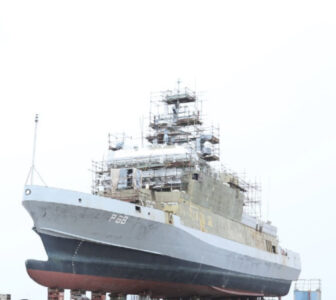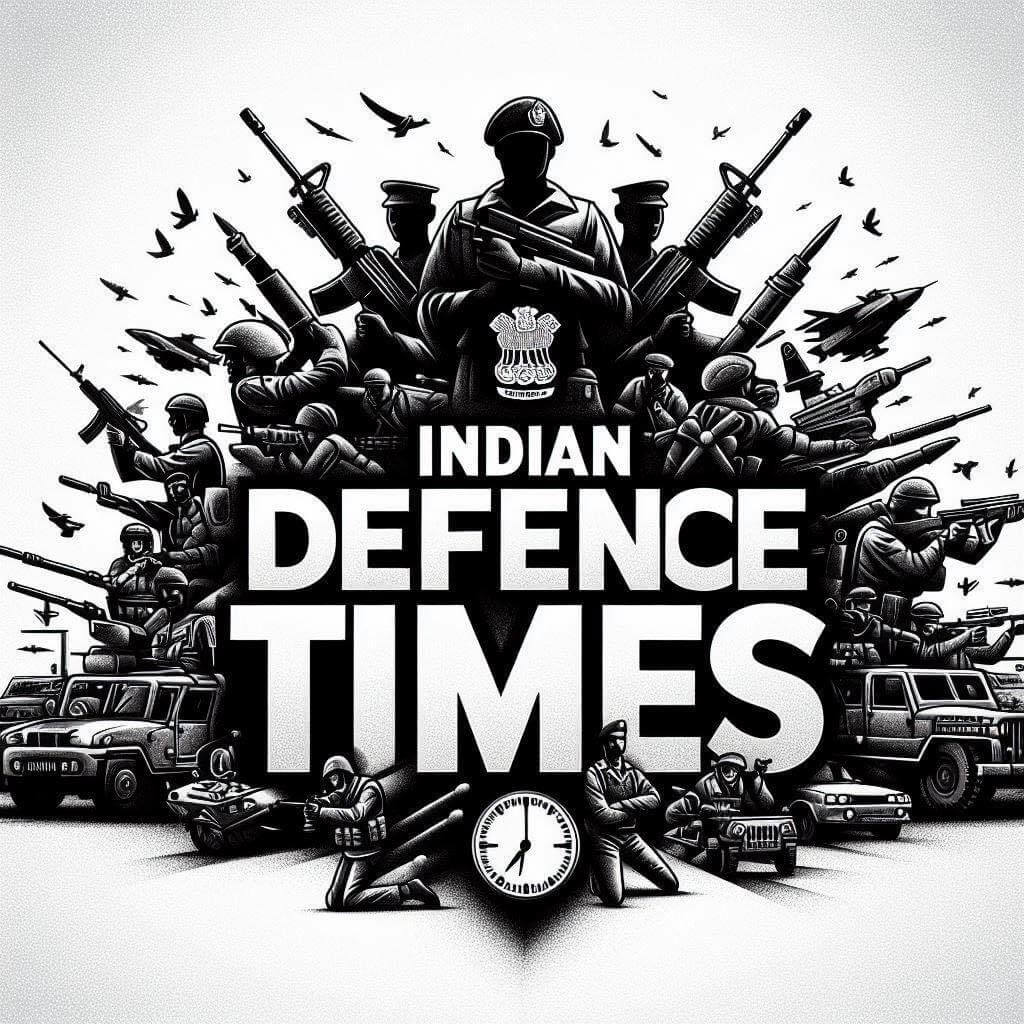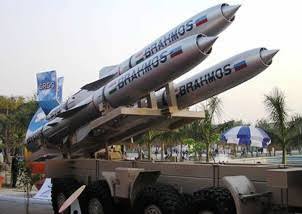The Garden Reach Shipbuilders & Engineers (GRSE), in collaboration with Larsen & Toubro (L&T), is making significant strides in the construction of Anti-Submarine Warfare Shallow Water Craft(ASW SWC) for the Indian Navy. These vessels represent a crucial milestone in India’s journey toward self-reliance in defense shipbuilding.
Project Overview
- The ASW SWC project aims to replace the aging Abhay-class corvettes of the Indian Navy.
- These vessels are specifically designed for anti-submarine warfare (ASW) operationsin coastal waters, including subsurface surveillance and search-and-attack missions.
- Additionally, they serve secondary roles such as defense against intruding aircraft, minelaying, and search-and-rescue operations.

Key Features
- Design and Construction:
- The ASW SWC corvettes are being built jointly by Cochin Shipyard (CSL) and GRSE under the Make in India initiative.
- The vessels are equipped with sophisticated sensors and ordnance, enabling them to interdict and destroy subsurface targets, primarily hostile submarines, in coastal waters.
- They are the largest waterjet-powered vessels in the Indian Navy.
- CSL and GRSE have each contributed their expertise, resulting in slightly different designs for the ASW SWC built by each yard.
- Specifications:
- Displacement:
- GRSE: 900 tons
- CSL: 700 tons
- Length:
- GRSE: 77.6 meters
- CSL: 78 meters
- Speed: 25 knots (46 km/h)
- Range: 1,800 nautical miles (3,300 km) at 14 knots
- Complement: 57 (7 officers + 50 sailors)
- Displacement:
- Armament:
- Anti-Submarine Warfare:
- 1 x RBU-6000 anti-submarine rocket launcher
- 6 × Lightweight ASW Torpedo (presumably the Advanced Light Weight Torpedo (ALWT))
- Anti-submarine mines (launched from mine-laying rails)
- Guns:
- 1 x CRN-91 30mm naval gun
- 2 x OFT 12.7 mm M2 Stabilized Remote Controlled Gun
- Anti-Submarine Warfare:
- Progress:
- GRSE has launched its third ASW SWC, named “Anjadip”, and laid the keel for the seventh vessel.
- The first ship is nearly complete (87%) and will soon undergo sea testing before handover to the Indian Navy.
- Launching three ships of the same class within a span of six months demonstrates India’s commitment to indigenous shipbuilding.
Conclusion
India’s ASW SWC project represents not only technological advancement but also a strategic leap toward self-sufficiency in defense capabilities. As these vessels take to the seas, they symbolize India’s determination to secure its maritime interests and protect its territorial waters. With over 80% indigenous content, the ASW SWCs exemplify the spirit of AatmaNirbhar Bharat—a self-reliant India marching confidently into the future of naval warfare.

